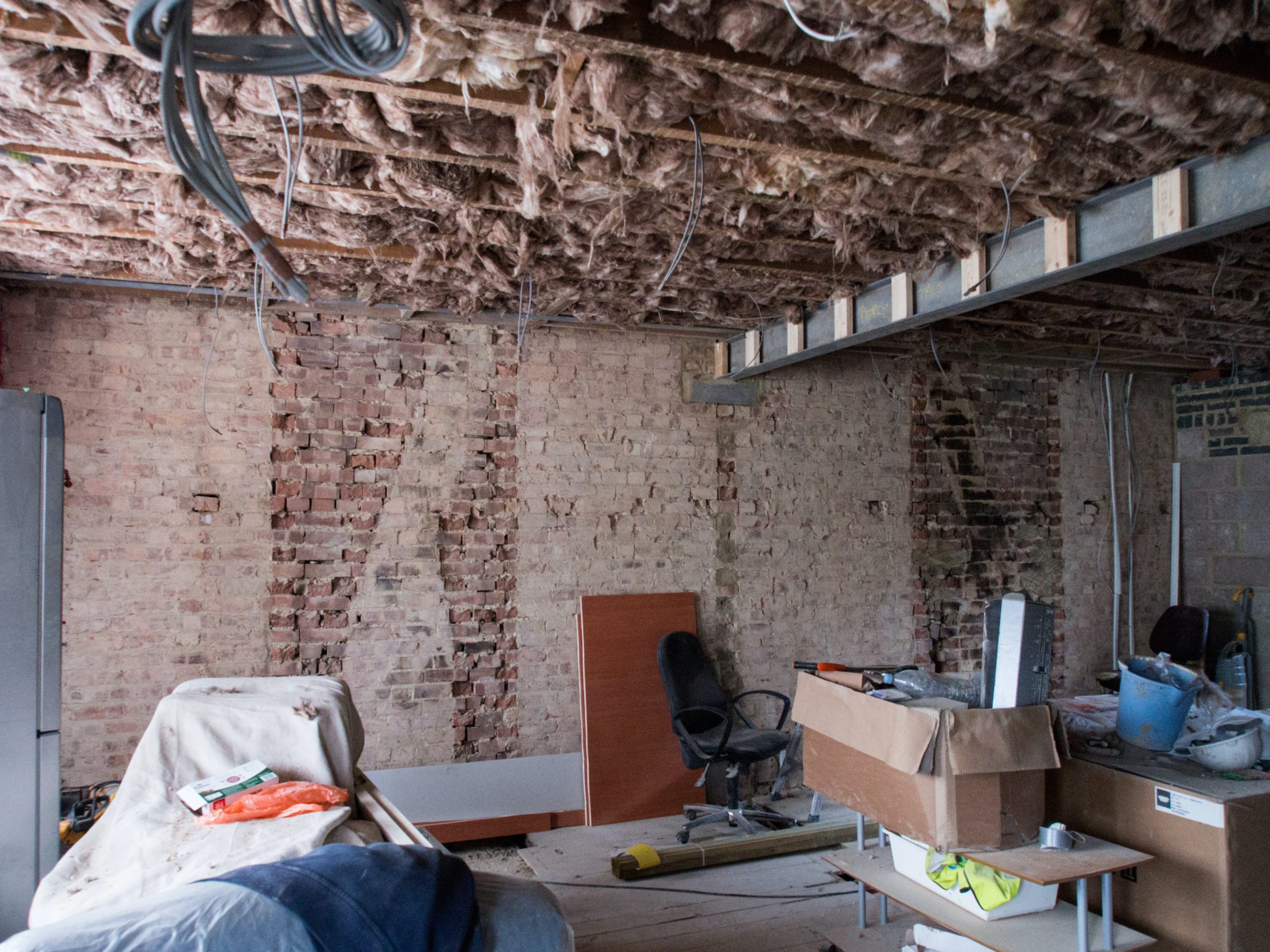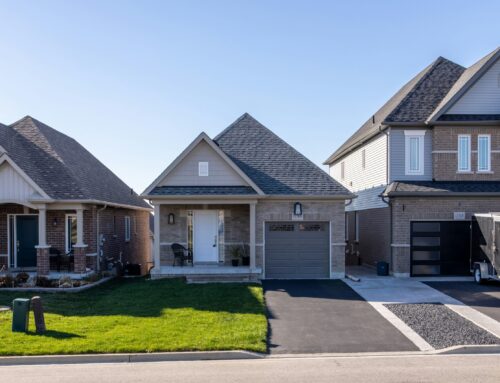If you’ve ever been hooked on TV shows like “Flip or Flop” or “Fixer Upper,” you’re no stranger to the captivating world of home flipping. It’s the exciting journey of taking a tired, neglected property and transforming it into a profitable masterpiece. If you’re new to real estate and eager to dive into the art of flipping homes, you’re in the right place.
In this beginner’s guide, we’ll take you on a journey through the tips and tricks to kickstart your thrilling house-flipping adventure. Let’s begin with the foundation: House flipping revolves around buying a property, giving it a makeover, and swiftly selling it for a profit. The mission? To snag a tired property, amp up its value through renovations, and ultimately sell it for more than your initial investment, including the upgrades.
- Educate Yourself
Before you take the plunge into the exciting world of house flipping, it’s essential to arm yourself with knowledge. Start by checking out books, articles, and blogs about real estate investing and house flipping. You’ll find a treasure trove of information waiting for you. If you prefer a more structured approach, there are tons of online courses and seminars that offer valuable insights and expertise.
Don’t underestimate the power of networking either; connecting with experienced real estate investors and seasoned house flippers can provide priceless wisdom and guidance.
- Set a Budget
Budgeting lies at the heart of successful house flipping. Start by figuring out how much money you’ve got in your war chest for that first flip. Your budget needs to cover the property’s purchase price, the expenses of renovations, holding costs (like property taxes and insurance), and the costs of selling the property (think real estate agent commissions). A crystal-clear budget will be your guiding light, ensuring you stay on course and steer clear of overspending
- Choose the Right Location
Location plays a significant role in the success of a house flip. Look for properties in areas with strong demand and potential for appreciation. Research the local real estate market, neighborhood trends, and the desirability of the location. Properties in up-and-coming neighborhoods or near schools, public transportation, and amenities often make excellent choices.
- Find the Right Property
Look for distressed properties that have the potential for improvement but are priced below market value. These properties may have outdated features, structural issues, or cosmetic problems that deter other buyers but can be fixed with your renovation skills.
- Secure Financing
Unless you have substantial savings, you’ll likely need financing to purchase and renovate your first flip. Explore your options, which may include traditional mortgages, hard money loans, private investors, or partnerships. Be prepared to present your business plan and budget to potential lenders or investors to secure the necessary funds.
- Plan Your Renovations
Success in flipping demands meticulous planning. Create a comprehensive renovation plan that spells out the work scope, budget, and timeline. Collaborating with contractors, architects, or designers can guarantee top-notch renovations that catch the eye of potential buyers. Keep in mind, the aim is to boost the property’s value without straying from your budget.
- Manage the Renovation Process
Once renovations are underway, effective project management is critical. Keep a close eye on the progress, adhere to timelines, and address any unexpected issues promptly. Regular communication with contractors and subcontractors is key to ensuring that the project stays on track.
- Price Competitively
When it’s time to sell, pricing your property competitively is crucial. Research comparable properties in the area to determine the right listing price. While you aim to make a profit, avoid overpricing, as this can lead to a longer time on the market and increased holding costs.
- Market Your Property
Effective marketing is essential to attract potential buyers. Utilize online listings, professional photography, virtual tours, and social media to showcase your property’s transformation. Consider staging the home to help buyers visualize themselves living there. Hiring a real estate agent with experience in selling flipped properties can also be beneficial.
- Be Prepared for Challenges
House flipping isn’t without its challenges. Be prepared for unexpected issues, such as budget overruns, delays, or market fluctuations. It’s essential to have a contingency plan and be financially prepared for any setbacks.
Final Thoughts
Flipping homes can be a rewarding and profitable venture for beginners willing to put in the time, effort, and research. With the right education, budgeting, location selection, and renovation planning, you can embark on a successful house-flipping journey. Remember that each flip is a unique learning opportunity, so stay adaptable, patient, and open to growth in your real estate investing endeavors.
Every house flip is a learning experience. After completing your first flip, take the time to evaluate what went well and what could be improved. Apply these lessons to your next project to become a more successful and efficient house flipper.
Happy flipping!







Leave A Comment